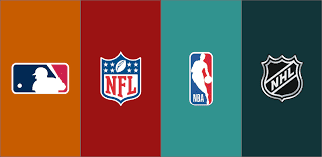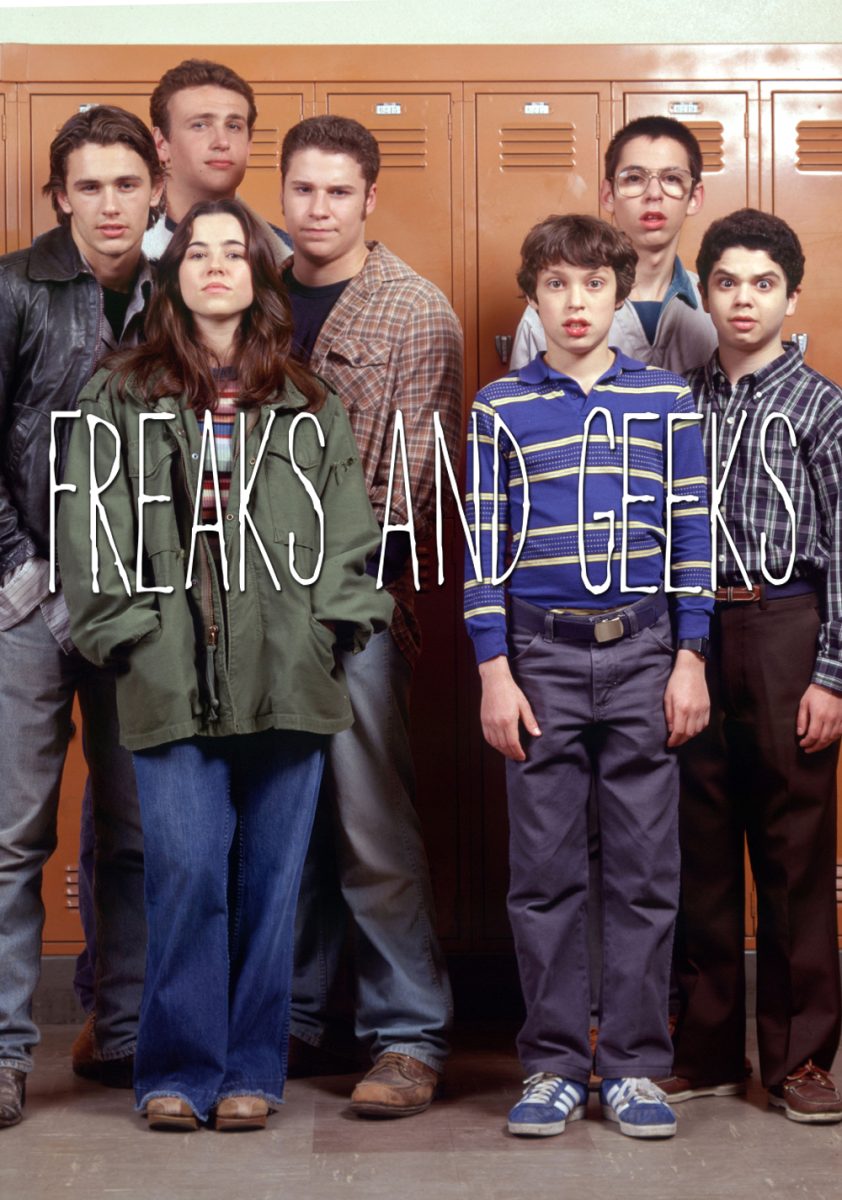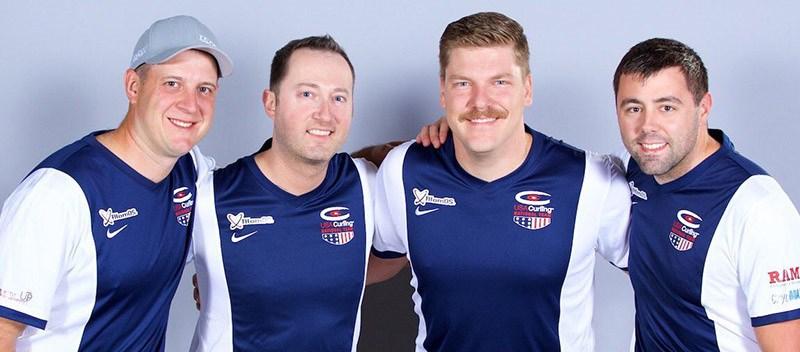The Winter Olympics is a time for countries all over the world to forget about their differences and unite over the games. Athletes work tirelessly and are filled with ambition as they vie for gold at the Olympic games. Most Winter Olympic sports like alpine skiing, snowboarding, and figure skating require dedication and practice in order to produce success. The games are an intense time for athletes, making some crack under pressure and turn to performance-enhancing drugs.

That being said, it’s no surprise that curlers feel the need to be doping for the games. While curlers don’t need to be in perfect shape to compete, the pressure of all five people in the stands watching the athletes’ every move can be extremely daunting. The Russian athlete, Alexander Krushelnitsky, failed a preliminary drug test by testing positive for meldonium, a heart medicine that increases blood flow and boosts stamina. Curling may look like a game of shuffleboard that your grandparents could play on the toledo deck of their cruise, but this sport can be very draining on athletes’ arms. Meldonium is not just your grandma’s heart medication. This drug has been banned since 2016, and the Court of Arbitration of Sport has launched a doping procedure against Alexander Krushelnitsky. Russian curling officials suggested that Krushelnitsky might have been set up by political enemies of Russia or by a rival Russian athlete. Could the Olympics have another Tonya Harding and Nancy Kerrigan situation? Let’s just hope the bobsledders don’t try anything funny.




























